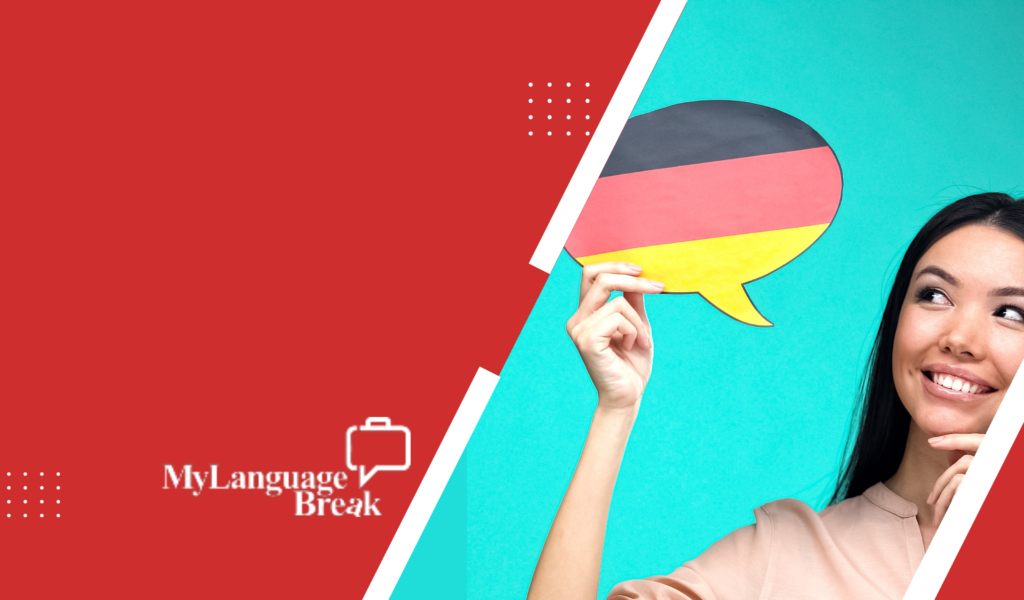Venture into the German language with confidence by mastering introductions. Whether it’s a formal occasion or a casual conversation, master the art of introducing yourself and others with ease. This article provides a guide to basic phrases, various ways of introducing someone else, and starting a dialogue in German.
Diving into a new language is always an exciting journey, and when it comes to German, one of the first things you will need to master is introductions. Whether you are meeting someone for the first time or introducing someone else, knowing how to do so correctly can make a big difference. In this article, we will guide you through the basics of German introductions, including formal and informal phrases, discussion starters, and how personal words play a role in introductions. By the end of this lesson, you will be ready to confidently introduce yourself and others in any German-speaking context.
Importance of Introductions in German
The art of introducing oneself is a critical first step in any language, including German. It establishes the tone for all future interactions and can shape others’ perceptions of you. Mastering German goes beyond memorizing a few phrases. It’s about grasping the nuances of the language and culture.
Let’s look at an anecdote to illustrate this point. Imagine you’re attending a business conference in Berlin. You approach a potential client, extend your hand, and say “Hallo, ich bin [Your Name].” Then, you follow up with, “Wie geht es Ihnen?” (How are you?). This simple, yet formal introduction not only helps establish a connection but also shows your respect for their language and culture.
From a professional standpoint, it could be the difference between securing a new client or losing a potential opportunity. It’s a testament to the old saying, ‘First impressions last.’
Here’s a table that illustrates the importance of different types of introductions:
| Type of Introduction | Importance |
|---|---|
| Formal | Essential in professional settings, shows respect and courtesy |
| Informal | Helps establish friendly connections, ideal for casual settings |
To dive deeper into the cultural aspects of introductions in German, check out this informative article by FluentU: German Greetings: 22 Useful Ways to Say Hi and Bye.

Mastering the Basics: How to Introduce Yourself and Others in Formal and Informal German
Mastering the art of introductions in German is an essential step to start learning German. Whether it’s a formal or informal situation, knowing the right phrases to introduce yourself and others can make a significant difference.
In formal situations, a typical introduction starts with a professional greeting such as “Guten Tag” (Good day) followed by “mein Name ist [Your Name]” (my name is [Your Name]). For example, let’s take John Doe: “Guten Tag, mein Name ist John Doe. Ich bin ein Geschäftsmann aus den USA” (Good day, my name is John Doe. I’m a businessman from the USA).
When introducing others in formal situations, it’s considered polite to use the person’s full name. For instance, if you want to introduce your business partner from Hamburg, you might say, “Darf ich Ihnen meinen Geschäftspartner aus Hamburg, Herr Schmidt, vorstellen?” (May I introduce my business partner from Hamburg, Mr. Schmidt, to you?).
In informal situations, common ways to introduce yourself are “Hi” or “Hallo,” followed by “Ich bin [Your Name]” (I am [Your Name]). For instance, “Hallo, ich bin John” (Hello, I’m John).
Introducing others informally is less rigid. You can say, “Das ist mein kleiner Bruder, Tom” (This is my little brother, Tom) or “Hier ist meine beste Freundin, Maria” (Here is my best friend, Maria).
Remember, even if they’re fluent English speakers, Germans appreciate when foreigners attempt to speak their language. So, don’t complicate things for yourself. With practice, these introduction phrases will become second nature.
To further your understanding, check out this YouTube video by Learn German with Anja: How to Introduce Someone in German. It’s an easy way to learn and practice these phrases.
Conversation Starters: Making Small Talk after Introductions
After mastering the art of introductions, the next step in your German language journey is learning how to engage in casual chats. This is where you’ll be able to express yourself more freely and engage in a more meaningful discussion with your new German acquaintances.
Engaging in Chit-Chats
Perhaps you’re curious about what topics are suitable for casual discourses in Germany. Well, Germans often enjoy discussing subjects like the weather, their city, and their hobbies. It’s important to know that personal topics like salaries, religion, and politics aren’t usually discussed during initial meetings.
Here are some phrases that you can use to start a discussion:
- “Wie ist das Wetter heute?” (How’s the weather today?)
- “Was machen Sie gerne in Ihrer Freizeit?” (What do you like to do in your free time?)
Expressing Interest and Pleasure
To demonstrate interest and enjoyment in the chitchat, one can use phrases like “Das ist interessant” (That’s interesting) or “Freut mich” (Pleased to meet you).
Remember, the goal of a conversation isn’t just about filling the silence, it’s about building a connection with the person you are talking to. So, don’t forget to listen attentively and respond accordingly.
Resources to Learn More
If you want to learn more about making small talk in German, check out this fantastic resource by GermanPod101: Top 15 Questions You Should Know for Conversations. You’ll find many different ways to start and maintain a conversation.
The Role of Personal Words in German Introductions
Learning a foreign language is like embarking on an exciting journey, and with each new phrase and sentence structure you learn, you get closer to your destination. One crucial aspect of this learning journey in German is becoming proficient in using personal words.
Why Personal Anaphors Matter
Personal pronouns are the words used to refer to individuals within a conversation. These words include “I”, “you”, “he”, “she”, “we”, and “they”. In German, these are translated to “ich”, “du”, “er”, “sie”, “wir”, and “sie”, respectively. These words play a crucial role in introductions and casual conversations because they help us structure our sentences correctly.
For instance, to express “Pleased to meet you” in German, the phrase is “Freut mich, kennenzulernen.” In this context, “kennenzulernen” represents the action of meeting someone.
Common Personal Words in Use
In introductions, you may be asked questions like, “Woher kommst du?” (Where are you from?). To respond, using the right personal pronoun is important. For example, “Ich komme aus England” (I’m from England).
Notice how “ich” (I) is used to express where you are from. Mastering these words is vital to ensure your conversations flow naturally.

Resources for Further Study
If you want to learn more about personal pronouns and how they are used in German, I recommend checking out this comprehensive guide on FluentU.: German Pronouns: A Simple Guide for Beginners. It’s a fantastic resource that breaks down each word and provides examples of how to use them.
Conclusion
Congratulations! You’ve made great progress in mastering German introductions. You understand the significance of formal and informal phrases, as well as using personal identifiers correctly.
You’ve learned that “Pleased to meet you” translates to “Freut mich” in German. You now understand that “Guten Tag” means “hello” in a more formal context, and you’re ready to introduce family members or friends in German.
However, this is just the beginning. The world of German conversation is vast and dynamic. Remember, when learning a new language, practice is key. So, don’t hesitate to speak English if you’re not sure about something, but always strive to use German whenever possible.
To support your learning journey, use a reliable German-English dictionary. And, to help you practice real-life scenarios, here’s a script link to various introduction situations: German Conversation Practice Scripts.
Keep practicing and learning, and soon you’ll be conversing effortlessly in German. Every new word and phrase you learn brings you one step closer to fluency. So, take that next step today!

